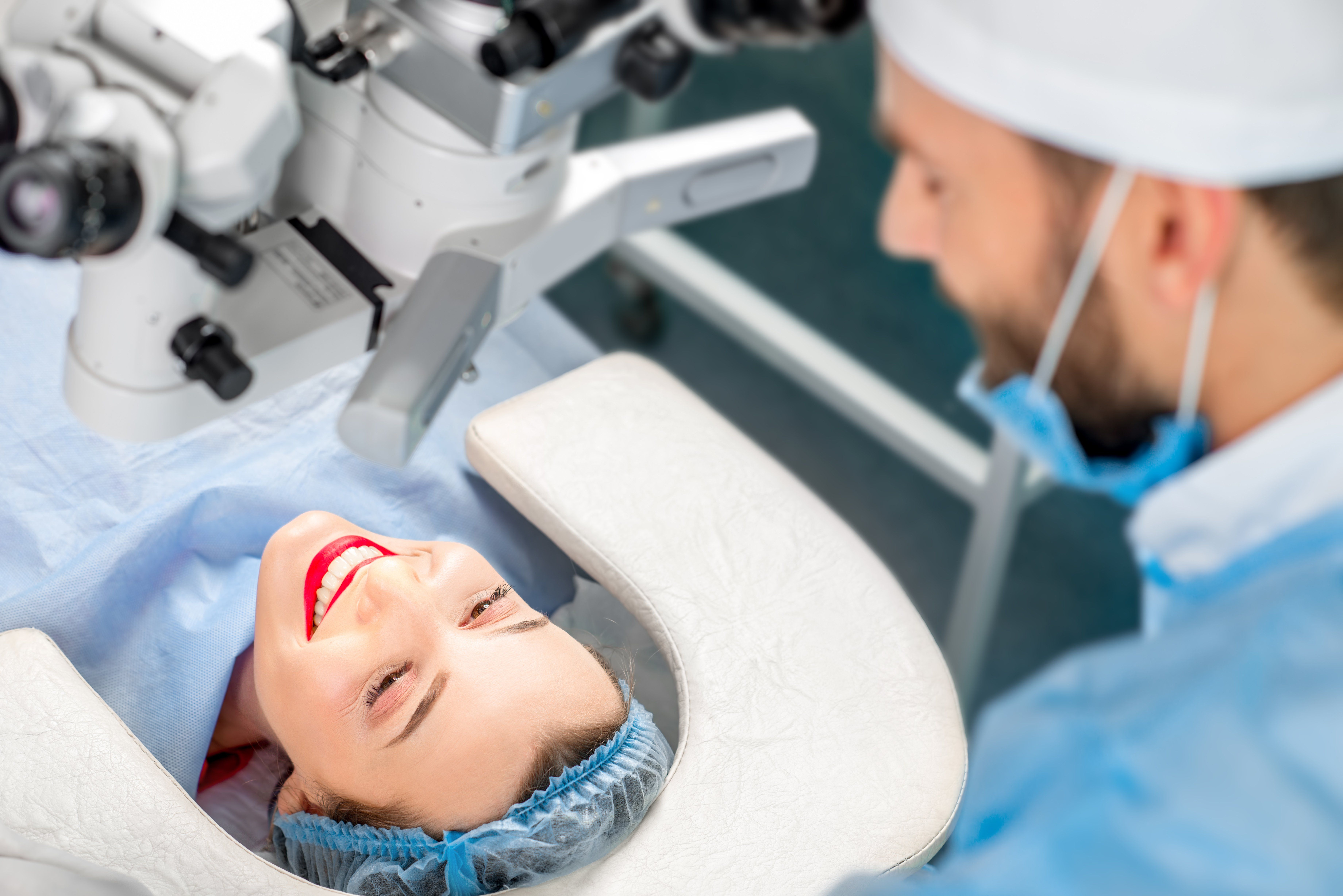Surgical, medical approaches making waves in presbyopia
Pipeline, research giving insights into treatment options for managing refractive condition

The simple fact is, we are all marching toward presbyopia. It is the only eye dysfunction with 100 percent penetration.
The treatment market for presbyopia and myopia is set to surpass $28 billion by 2026, according to the latest Grand View Research, Inc. report. So, while we are all destined to face presbyopia at one point or another, advances in treatment options are expanding.
This was the message from Larry Baitch, OD, PhD, FAAO, of the Massachusetts College of Pharmacy and Health Sciences (MCPHS) College of Optometry, at the American Academy of Optometry 2019 annual meeting in Orlando.
Related: New perspective and technologies affect glaucoma treatment
Overview of presbyopia management
Presbyopia is a significant concern in optometry, marked by a loss in dynamic accommodation. Though we still don’t fully understand the relationship between presbyopia and accommodation, research is giving optometrists some insights into how to manage presbyopic symptoms through surgical intervention and medical therapies.
“What we’re seeing is that the eye is actually an adaptive optic,” Dr. Baitch says.
Though there are multiple theories on the exact mechanisms behind accommodation, it is known that restoring lenticular dynamic accommodation is a crucial goal for improving near vision in presbyopia management.
New surgical modalities
Several surgical treatment tools in the pipeline may offer better outcomes for presbyopic correction. Dr. Baitch says that the Crystalens intraocular lens (IOL, Bausch + Lomb) was a forerunner for many of these technologies.
This lens was key to the US Food and Drug Administration (FDA) guidance that any device labeled as an “accommodative device” must provide at least one diopter of accommodation documented by objective and subjective means over long-term studies.
SightLife Surgical Kamra
The only FDA-approved corneal implant available today is the Kamra (SightLife Surgical).The pinhole-aperture implant has experienced high levels of patient satisfaction due to improved, uncorrected near visual acuity, Dr. Baitch says. However, it is not a magic-bullet solution as retrospective studies have shown explantation rates of 5.7 percent over 31 months.
Though adverse events are unavoidable for surgical procedures, eyecare providers need to balance the risks against the benefits for each patient.
“You have to decide whether that is acceptable to you,” Dr. Baitch says.
Presbyopic allogenic refractive lenticule (PEARL)
The PEARL technique uses a femtosecond laser to create a lenticle in the corneal stroma, with the goal of using the patient’s tissue for the presbyopic inlay.
This approach reduces complications of synthetic material rejection and supports better oxygen and nutrient flow through the cornea. However, a primary drawback is that it’s still a modified monovision technique.
“Again, it’s still a multifocal,” he says.
Related: Year in review of optometric advancements
Intracor multifocal corneal ablation
Intracor offers an innovative approach to presbyopia management that involves deliberately creating ectasia in the lens.
“Anybody who’s worked in refractive surgery knows that our biggest horror is ectasia,” he says.
Intracor’s approach leverages a femtosecond laser, inducing intentional ectasia to create a multifocal corrective effect in the central near zone. In a 12-month follow-up visit, 71.4 percent of patients were satisfied with the procedure.
Related: Surgical update 2019: What every OD needs to know
Additional treatment options
Other emerging modalities discussed include:
– Refocus binocular treatment,
– VisAbility scleral implant for presbyopia
– AceVision VisioLite Laser
Pharmaceutical treatments
In terms of pharmaceutical management, one of the most exciting products is an eye drop to treat presbyopia (UNR844, Novartis; formerly EV06).
This drug treats the lens directly by “un-crosslinking” the lens and breaking the collagen fibers to support elasticity.
Another new option is the corneal shaping contact lens (Yolia) that reshapes the lens structure with the help of a topical pharmaceutical.
“There’s improved near vision, and reportedly no loss in distance visual acuity,” he says.
Additional treatment options
With the addition of these exciting new technologies, partial or complete restoration of accommodation allowing truly effective near-to-far focus may be possible.
More by Greg and Marek: IPL treats rosacea and meibomian gland dysfunction
Newsletter
Want more insights like this? Subscribe to Optometry Times and get clinical pearls and practice tips delivered straight to your inbox.